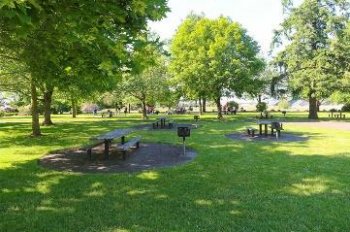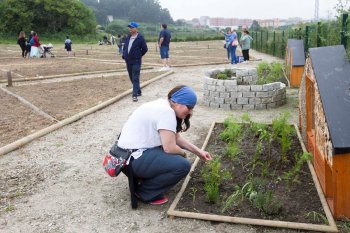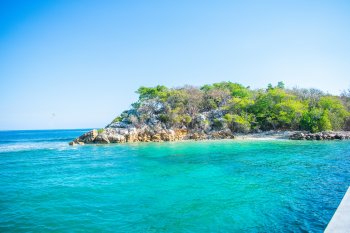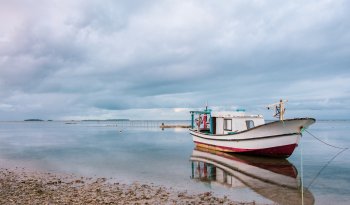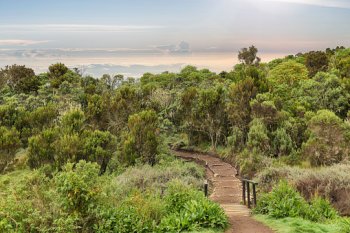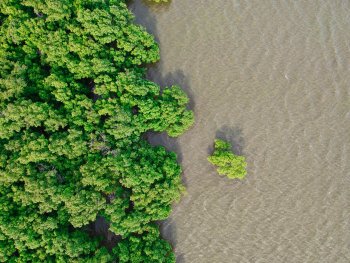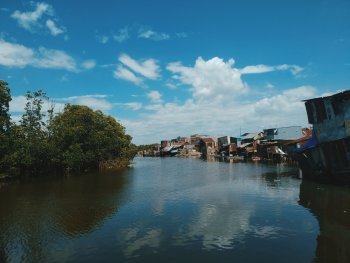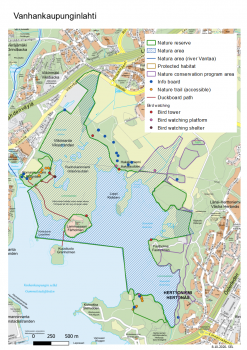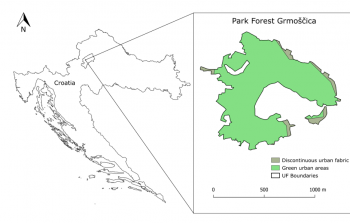VEG-GAP
The VEG-GAP Information Platform is a web-based multi-purpose information platform exploiting the final results of the project. The platform uses Atmospheric Modelling Systems outputs. It is a collaborative framework among end-users (which can interact with data analytics), governance (facilitating the knowledge sharing on successful environmental air quality solutions), and citizens (by showing them the effects of the green interventions).
VEG-GAP is a valuable example of transnational collaboration, and of how cities, research centres, businesses and civil society can team up to...


